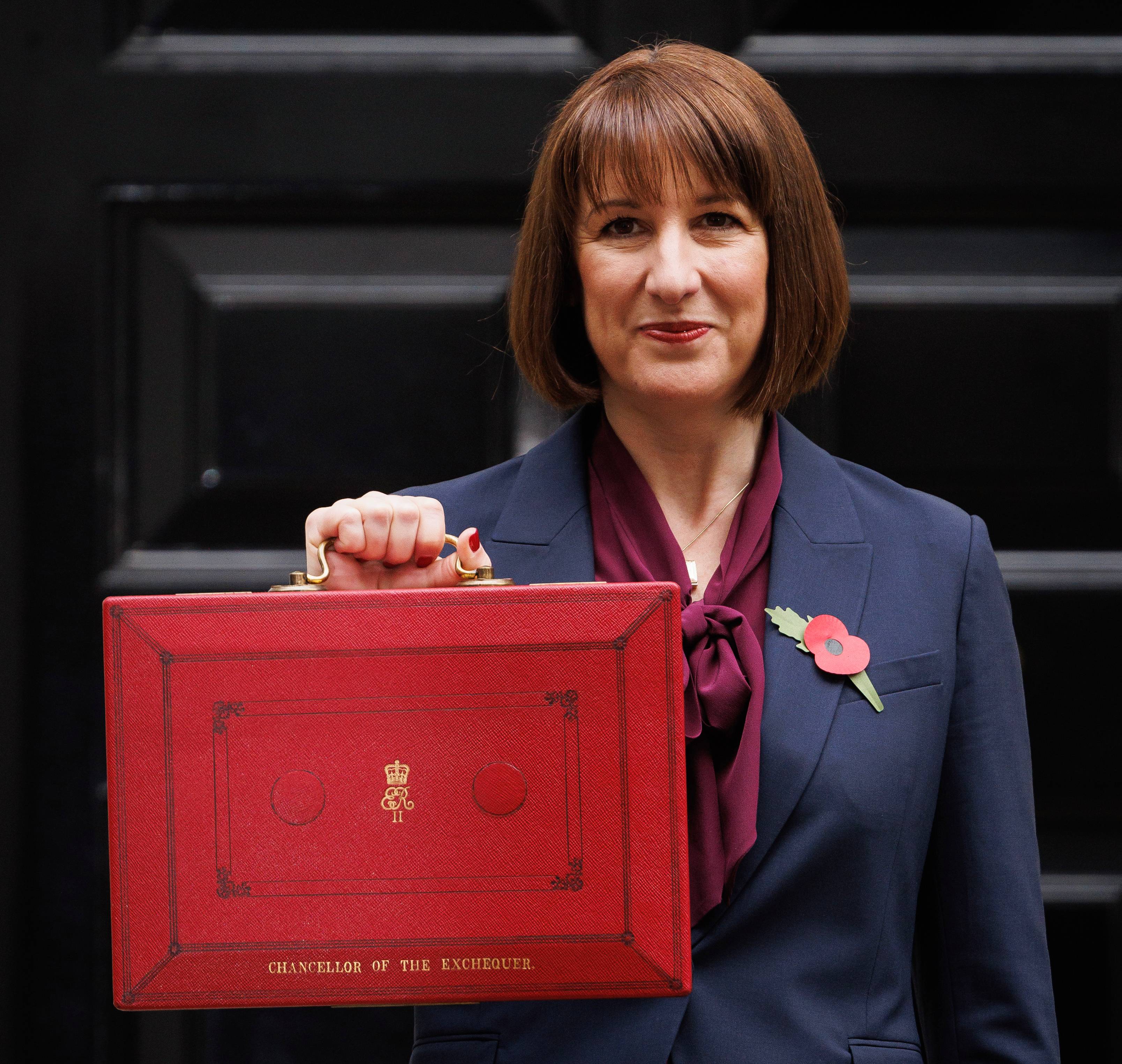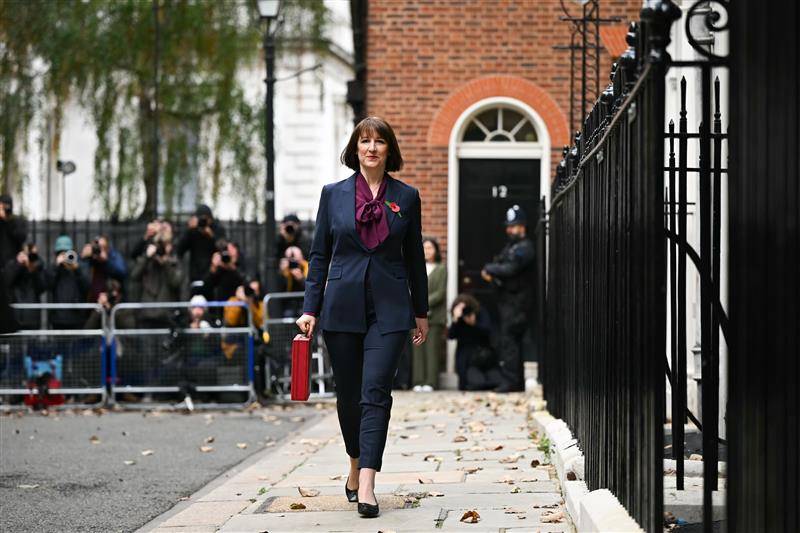Investment Update: Budget 2024
With the shadow of a general election looming over the government, chancellor jeremy hunt announced another reduction in the headline rate of national insurance (of two percentage points) in a bid to shore up his party’s flagging support. But that cut will do little to change the near-term economic outlook, and the work of dealing with the bigger structural problems facing the uk economy has largely been left until after the election.

Article last updated 22 July 2025.
With the shadow of a general election looming over the Government, Chancellor Jeremy Hunt announced another reduction in the headline rate of National Insurance (of two percentage points) in a bid to shore up his party’s flagging support. But that cut will do little to change the near-term economic outlook, and the work of dealing with the bigger structural problems facing the UK economy has largely been left until after the election.
The context of the cut in National Insurance is a persistent, steady Labour lead over the Conservatives of about 20 percentage points for more than a year now, while Prime Minister Rishi Sunak’s personal approval rating has sunk to levels comparable with Jeremy Corbyn’s in 2019.
It’s hard to see this cut moving the dial much. In total, fiscal policy will be looser than previously expected from April (by about 0.5% of GDP). But it is still tightening overall, and the economy is starting from a position of weakness. The Chancellor also did the same thing to National Insurance in November’s Autumn Statement, to no avail. The Conservatives therefore have a mountain to climb to prevent a Labour victory, and today’s budget tells us little about the policy outlook beyond the next few months.
The Chancellor also used his Spring Budget to announce some creative new measures designed to encourage investment in UK equities, building on a reform agenda announced last year. These should funnel some additional cash from domestic pension funds and retail investors into the UK stock market, which will be a positive at the margin. But they certainly don’t amount to a gamechanger, and the sums involved could fall far short of optimistic projections. A bigger re-rating of the market will require winning back the confidence of foreign investors, who have soured on UK assets amid intense policy uncertainty since 2016.
Investing in UK stocks
Hunt announced plans for a new ‘British ISA’ – an additional tax-free allowance of £5,000 to be invested exclusively in UK assets. To understand how much difference this might make, it’s worth looking at how the ISA system works now. According to HMRC’s latest statistics, 22.2 million people in the UK have ISAs. But of that number, only 1.6 million made the previous maximum annual contribution of £20,000, and 0.7 million of those were to cash ISAs, rather than stocks and shares. So comparatively few people were constrained from investing more in UK equities by the existing limits. Assuming (generously) that the remaining 0.9 million people all invest an additional £5,000 exclusively in UK equities each year would give a figure of £4.5bn. That’s far less than some of the optimistic projections we’ve seen and is small beer to a market with a capitalisation of more than £2 trillion.
Meanwhile, the Chancellor built on the reforms, announced in last year’s Mansion House speech on the state of the British economy, to encourage reform in the pension sector, including directing more investment towards UK equities. He announced in Wednesday’s Budget that local authority and defined benefit pension funds will be forced to disclose the share of their assets invested in UK equities. But greater disclosure alone won’t change much – it’s already widely known that pension funds’ allocation to the UK has been in long-term decline. Some further measures were announced today to encourage investment by pension funds in UK life sciences and technology companies, but the sums involved are small.
It's true that UK equities trade at a significant discount to their global peers. Our analysis shows that UK valuations are low by international standards, even if you adjust for sector composition, measures of companies’ quality and their growth track records. Compared to the US market, the discount is more than 20%. But that discount emerged only after the 2016 vote to leave the EU, when surveys tell us that the UK fell out of favour with international investors as uncertainty over the policy outlook surged. A prolonged period of policy stability (including stable relations with the EU), and more progress addressing the UK economy’s structural problems (which we discuss in more detail below), would help much more.
A poisoned chalice
Whoever is Chancellor after the election will have a tough job on their hands. To lift the UK’s long-term growth rate, they’ll need to address three key structural challenges. The first is the state of the health service, which is still struggling in the wake of the pandemic. The number of people in England on NHS waiting lists has increased by more than three million since 2019, with one in eight people in the country now waiting for treatment. The economic effects of this are clear – the number of would-be workers out of the labour force due to long-term sickness has jumped by three-quarters of a million. The second structural challenge is limited housing supply and the high cost of accommodation, which limits workers’ mobility. The third is the weakness of business investment, which has been much slower in the UK than for its peers during the years of uncertainty since the mid-2010s.
However, the next Chancellor will find their room for manoeuvre severely limited by the fiscal rules, which both main parties have pledged to follow. Current spending plans already contain implausibly sharp cuts to departmental spending to ensure meet these rules. Areas including local government, justice and the Home Office theoretically face spending cuts of around 17% per head, which seem highly unlikely to be delivered. Meanwhile, neither party wants to raise headline tax rates. Labour’s Shadow Chancellor Rachel Reeves has ruled out raising corporation tax, income tax and National Insurance, for example.
Inevitably, something will have to give. There’s no obvious way to address the UK’s structural problems, meet the fiscal rules and avoid tax increases simultaneously. At most two of these three goals can realistically be achieved at once.
Policy ambition takes the hit
So far, Labour has proved willing to sacrifice its policy ambitions on the altar of the fiscal rules, scrapping its commitment to invest £28 billion annually in its Green Prosperity Plan (despite backing from groups like the British Chambers of Commerce and Confederation of British Industry for more green investment). Eventually, the fiscal rules may change. They’ve been altered a remarkable nine times since they were introduced in the late 1990s. Think-tanks like the Resolution Foundation have published proposals for alternatives which would maintain discipline while allowing more space for the productive investment the UK needs. But Labour’s strong commitment to its current proposals to date suggests that such a change is not imminent, regardless of the outcome of the election.
See the bullets below for the main points from a financial planning perspective:
- Another 2% reduction to National Insurance from 6 April 2024. This will mean that NI for employees will be 8% and for the self-employed 6%. This is the second successive reduction that focuses on NI rather than income tax, giving the tax reduction only to working people and not to pensioners or landlords.
- Plans were announced for a UK ISA, providing an additional £5,000 allowance on top of the current £20,000 ISA allowance, if invested in UK-focused assets. This is not a measure that is being introduced immediately and the Government will be consulting on the best way to implement it, so we will provide further information once it’s available.
- The Child Benefit system is to be reformed from April 2026 once it’s possible for the government to assess household income as a whole. However, until then there will be some changes from 6 April 2024. The High Income Child Benefit Charge threshold is rising from £50,000 to £60,000, with the upper limit also increasing to £80,000. This means that more families will be able to claim the full amount of Child Benefit, with those whose benefit is being tapered losing less of the benefit than under the current rules.
- The capital gains tax (CGT) rate for property sales affecting higher and additional rate taxpayers has been reduced from 28% to 24%. The other rates, including CGT for basic rate taxpayers, remain unchanged.
- The Furnished Holiday Lettings tax reliefs for short-term rentals are being scrapped from April 2025. Currently there are reliefs available for income tax and CGT but these are both being removed.
- From 1 June 2024 the Multiple Dwellings Relief, which reduces Stamp Duty Land Tax on bulk property purchases, is also being abolished.
- The taxation system for non-UK domiciled individuals will be replaced from 6 April 2025. They will pay UK tax on foreign income and gains after 4 years, as is the case for other UK residents.
Information valid at 6 March 2024, unless otherwise indicated. This document and the information within it does not constitute investment research or a research recommendation.



